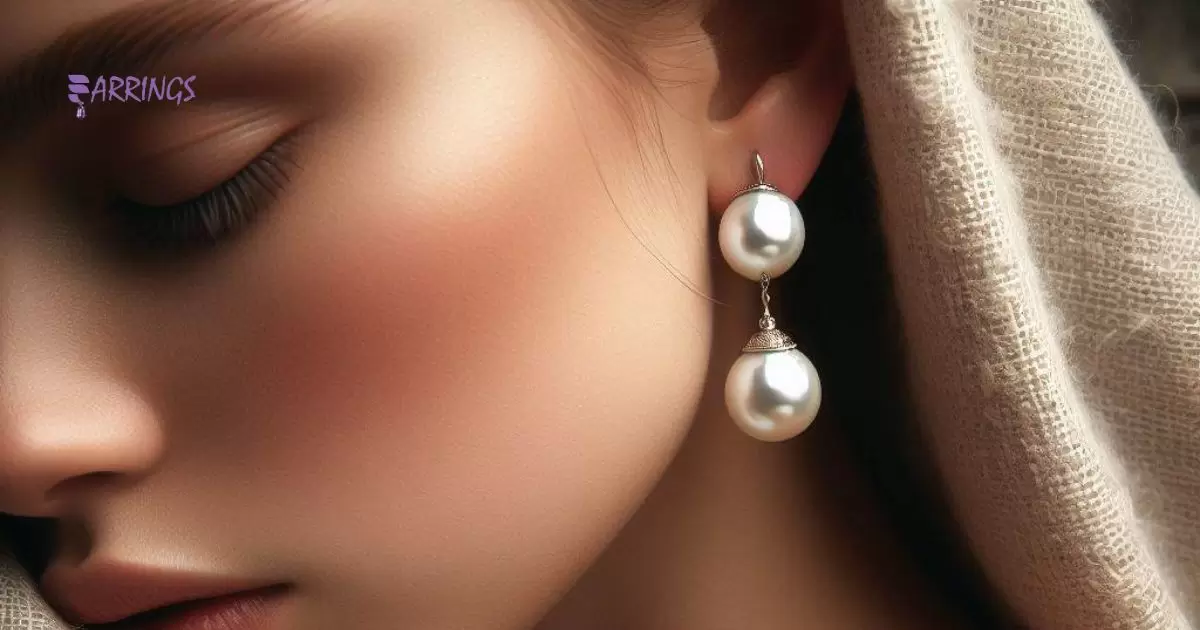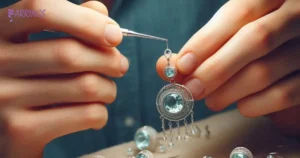Pearl earrings cost varies based on the pearl’s quality, size, and rarity. Natural pearls are pricier than cultured ones. Classic stud earrings start from $50. Designer pearl earrings can cost thousands. Pearl type, metal, and craftsmanship influence the price tag.
How much do real pearl earrings cost? It depends on many factors. Pearls are rare gems formed in oysters. Natural pearls cost way more than cultured ones. Size and quality impact the price significantly. Larger pearls with richer luster are more expensive. Exquisite designer pearl earrings can be pricey investments.
Pearls, with their captivating beauty, vary in cost based on key factors. Understanding these differences is crucial for smart buying decisions. Cultured pearls offer affordability through human intervention. Consider tape earrings for sports for a sporty twist.
Key Takeaways
- Real pearl earring prices vary widely based on factors like size, quality, and type.
- Prices range from $50 to several thousand dollars.
- Factors influencing cost include pearl type, quality, and additional features.
- Buyers should consider budget and desired quality when purchasing.
What Are Pearls?
Pearls are beautiful gems formed inside certain mollusks. They’re created when an irritant, like a grain of sand, gets inside the mollusk’s shell. The mollusk then secretes layers of a substance called nacre around the irritant to protect itself. Over time, these layers build up, forming a pearl.
Pearls come in various shapes, sizes, and colors, ranging from white and cream to pink, black, or even golden. They’ve been prized for centuries for their beauty and rarity, often used in jewelry such as earrings, necklaces, and bracelets. Freshwater or saltwater, pearls carry a timeless elegance that never goes out of style.
How Pearls Are Formed?
| Stage | Process |
| Formation | Calcium carbonate and organic substances accumulate around an irritant. |
| Growth | Nacre layers are deposited over time, gradually forming the pearl. |
| Cultivation (Optional) | In cultured pearls, a nucleus is inserted into the mollusk to stimulate growth. |
| Harvesting | Pearls are carefully extracted from the mollusk, ready for use in jewelry. |
Pearls begin as irritants, like grains of sand or small parasites, that find their way into the soft tissue of certain mollusks, such as oysters or mussels. Once inside, the mollusk responds to this irritation by secreting layers of nacre, a combination of calcium carbonate and protein, around the intruder.
Over time, these layers of nacre build up, forming a smooth, lustrous sphere known as a pearl. The process can take several years, and the size, shape, and color of the pearl depend on various factors including the type of mollusk, environmental conditions, and the length of time the irritant remains within the mollusk.
Factors Affecting Pearl Cost
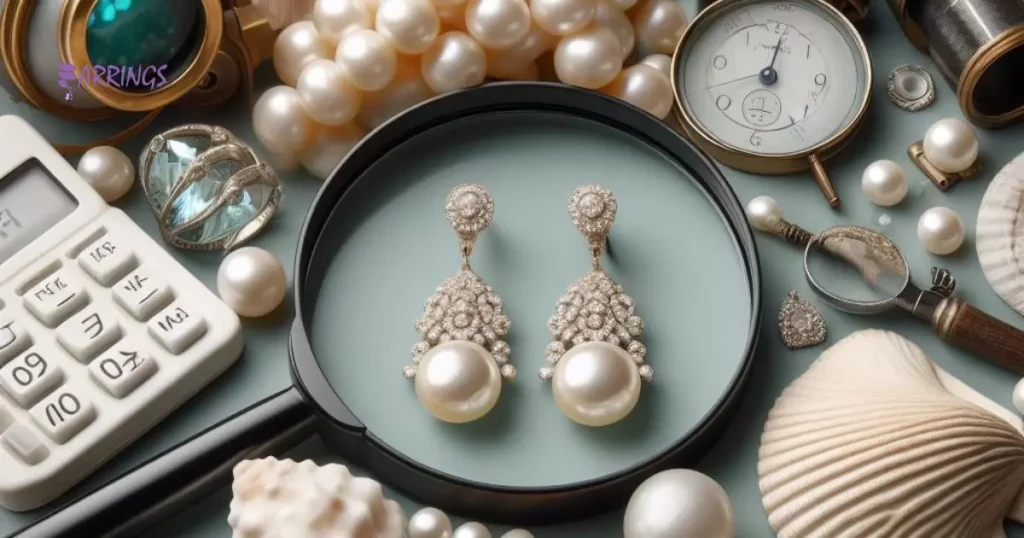
Several factors influence the cost of pearls. The type of pearl, freshwater or saltwater, plays a significant role. Freshwater pearls are generally more affordable than saltwater pearls. Size and shape also impact the price. Larger and rounder pearls tend to cost more.
The quality of the pearl’s luster and surface affects its value. High-quality pearls with a smooth surface and a strong, reflective luster command higher prices. Furthermore, the rarity of certain pearl colors, such as black or golden hues, can drive up the cost.
Types of Pearls
The cost of pearl earrings varies based on factors like their grade and type. Different types of pearls have different origins and looks, affecting their value. Here are the main types of pearls and their average earring prices:
Japanese Akoya pearls
Highly esteemed Japanese Akoya pearls are widely adored globally, often dubbed as the quintessential white pearls. The finest Akoya pearls boast a flawless round shape, a brilliant shine, and impeccable uniformity, making them ideal for earrings and necklaces.
Typically measuring between 6–9mm, Akoya pearls are generally smaller compared to other cultured pearl types. Akoya pearl earrings typically range from $150–$1,260 on average, but top-notch quality ones can fetch prices exceeding $10,000.
South Sea Pearls
South Sea pearls, often dubbed the queen of cultured pearls or the rolls royce of pearls, are the largest and most prized types of pearls. These pearls hail from regions like Australia, the Philippines, Indonesia, and Myanmar.
Their colors span from white to gold, and they come in sizes ranging from 8 mm to over 16 mm. While the average price of South Sea pearl earrings falls between $220 and $5,200, exceptionally large or flawless pearls can fetch prices upwards of $100,000.
Tahitian Pearls
Rare and special, Tahitian pearls (also known as black pearls or black Tahitian pearls) come from the islands of French Polynesia. They are well-known for their big sizes and various colors, ranging from gray to green and even dark purple.
Tahitian pearls don’t need any coloring processes to achieve their deep shine, so they’re naturally colored. They’re often smaller than South Sea pearls but can still reach sizes between 8 mm and 14 mm on average. Tahitian pearl earrings typically range in price from $250 to $3,000, but some can sell for much more.
Freshwater Pearls
Freshwater pearls are a top choice for those on a budget. They closely resemble Akoya pearls but are much more affordable. These pearls originate from China and come in various colors.
Freshwater pearls come in white, pink, peach, purple, and black shades. They vary in size from 6 mm to over 10 mm. While the average price of freshwater pearl earrings falls between $55 and $800, exceptionally flawless or rare pearls may be priced higher.
Pearl Earring Styles
The price of pearl earrings varies based on factors like pearl quality, earring design, and materials used. Different styles include stud, hoop, dangle, and drop earrings. If pearls are combined with other gemstones like diamonds, the price goes up based on factors like cut, color, clarity, and carat weight.
Platinum earrings are the priciest, followed by 18K gold, 14K gold, 10K gold, and then sterling silver. Non-precious metal earrings are cheaper but less desirable.
Natural Cultured Pearls
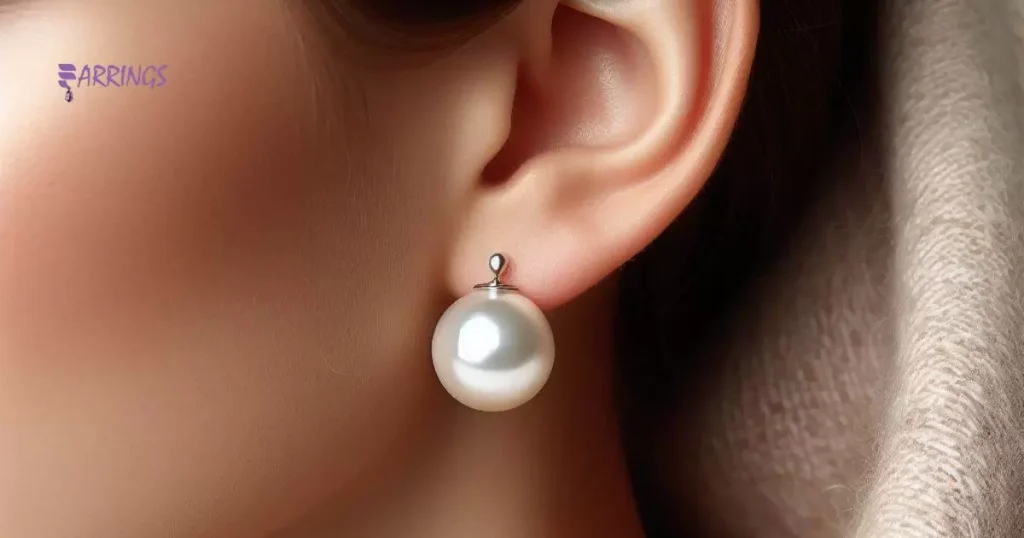
Natural cultured pearls are formed when an irritant is inserted into an oyster or mussel. These creatures then coat the irritant with layers of nacre, forming a pearl. Cultured pearls can be freshwater or saltwater, with saltwater pearls typically being more valuable.
The quality of a cultured pearl depends on factors like luster, size, shape, and surface quality. Freshwater pearls are often more affordable than saltwater pearls.
Saltwater pearls, such as Akoya, Tahitian, and South Sea pearls, are renowned for their exquisite beauty and can command higher prices. When buying natural cultured pearls, it’s essential to purchase from reputable jewelers to ensure authenticity and quality.
Pearl Grading and Certification
When it comes to pearl grading and certification, quality matters. Pearls are graded based on factors like size, shape, color, luster, and surface quality. A certified pearl ensures its authenticity and quality, giving buyers confidence in their purchase.
Certification guarantees that the pearls are genuine and have undergone thorough inspection. Look for reputable jewelers or dealers who provide certificates of authenticity. This ensures you’re getting the real deal when it comes to purchasing pearl jewelry, it’s earrings, necklaces, or bracelets.
Where to Buy Real Pearls?
When looking to buy real pearls, start by visiting reputable jewelers in your area. They often carry a selection of high-quality pearl earrings and other jewelry. You can also explore online retailers known for their genuine pearl collections. Be sure to read reviews and check for certifications to ensure authenticity.
If you’re seeking unique or custom designs, consider boutique jewelry shops or artisan markets where you can find handcrafted pearl earrings. By shopping at trusted sources, you can confidently purchase real pearl earrings that suit your style and budget.
Caring for Pearl Earrings
Caring for pearl earrings is crucial to maintain their luster and beauty. Always store them separately from other jewelry to prevent scratches. Keep them away from chemicals, perfumes, and lotions that can damage their surface. Wipe them gently with a soft cloth after each wear to remove any oils or residue.
Periodically clean your pearl earrings with a mild soap and water solution. Avoid using harsh cleaners or ultrasonic cleaners that can harm the pearls. Let them air dry completely before storing them away. With proper care, your pearl earrings will remain radiant and elegant for years to come.
Real Pearl Stud Earrings
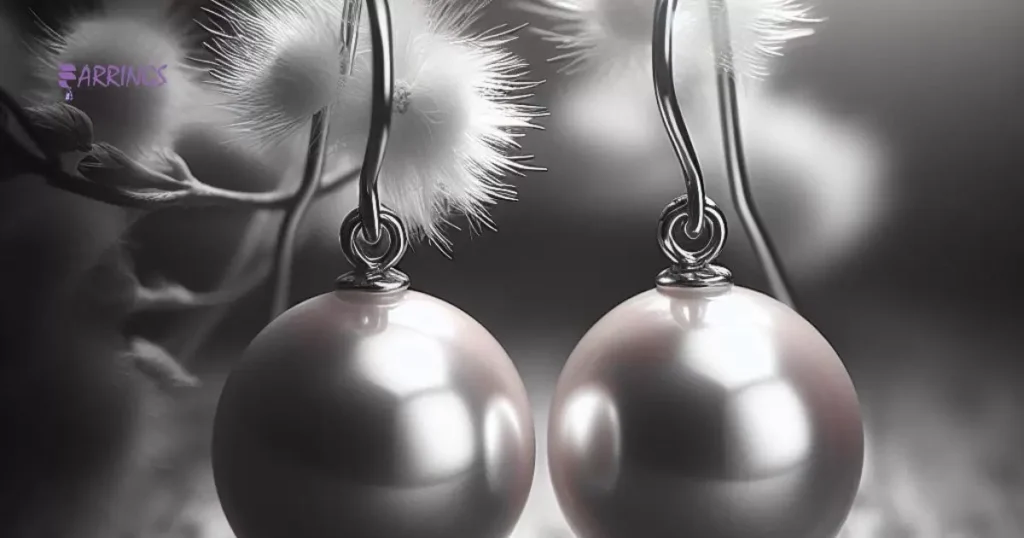
Real pearl stud earrings come in a variety of sizes, colors, and qualities. Prices can range from $50 to several thousand dollars, depending on factors like pearl type and jewelry craftsmanship. Freshwater pearls are generally more affordable than saltwater pearls like Akoya or South Sea pearls.
A decent pair of freshwater pearl stud earrings can start from around $50 to $100. For higher-quality saltwater pearls, prices can range from $200 to several thousand dollars. It’s crucial to buy from reputable jewelers to ensure authenticity and quality.
Real Pearl Earrings Tiffany
Real pearl earrings from Tiffany & Co. are renowned for their elegance and quality. They offer a range of styles, from classic studs to more intricate designs, all featuring genuine pearls. Prices for Tiffany pearl earrings vary based on factors like pearl size and metal type but generally start at around $200 for simpler designs.
For those seeking luxury, Tiffany also offers high-end pearl earrings with prices ranging into the thousands of dollars, featuring larger pearls and more elaborate settings. When buying Tiffany pearl earrings, customers can expect exceptional craftsmanship and the assurance of purchasing from a reputable luxury brand.
Frequently Asked Questions
How much is the average pearl earring?
Real pearl earrings can start from $50 for small pearls, but high-quality ones can cost hundreds or thousands of dollars.
How much does a pearl earring cost?
Pearl earrings vary in cost based on factors like size and quality. Prices can range from $50 for basic styles to several thousand dollars for high-quality, well-crafted pieces.
How can you tell if pearl earrings are real?
Real pearl earrings feel cold, have imperfections, produce friction when rubbed, exhibit a soft glow, and can be authenticated by a jeweler.
Conclusion
Pearl earrings offer timeless elegance and classic beauty. Quality pearls are investments worth considering carefully. Research extensively before splurging on high-end pieces. Grading systems to evaluate pearl quality accurately.
For budget-friendly options, explore cultured pearl earrings diligently. Prioritize luster and surface perfection over size. Reputable jewelers guide wise purchases confidently. Cherish your pearl earrings’ radiant allure forever.
